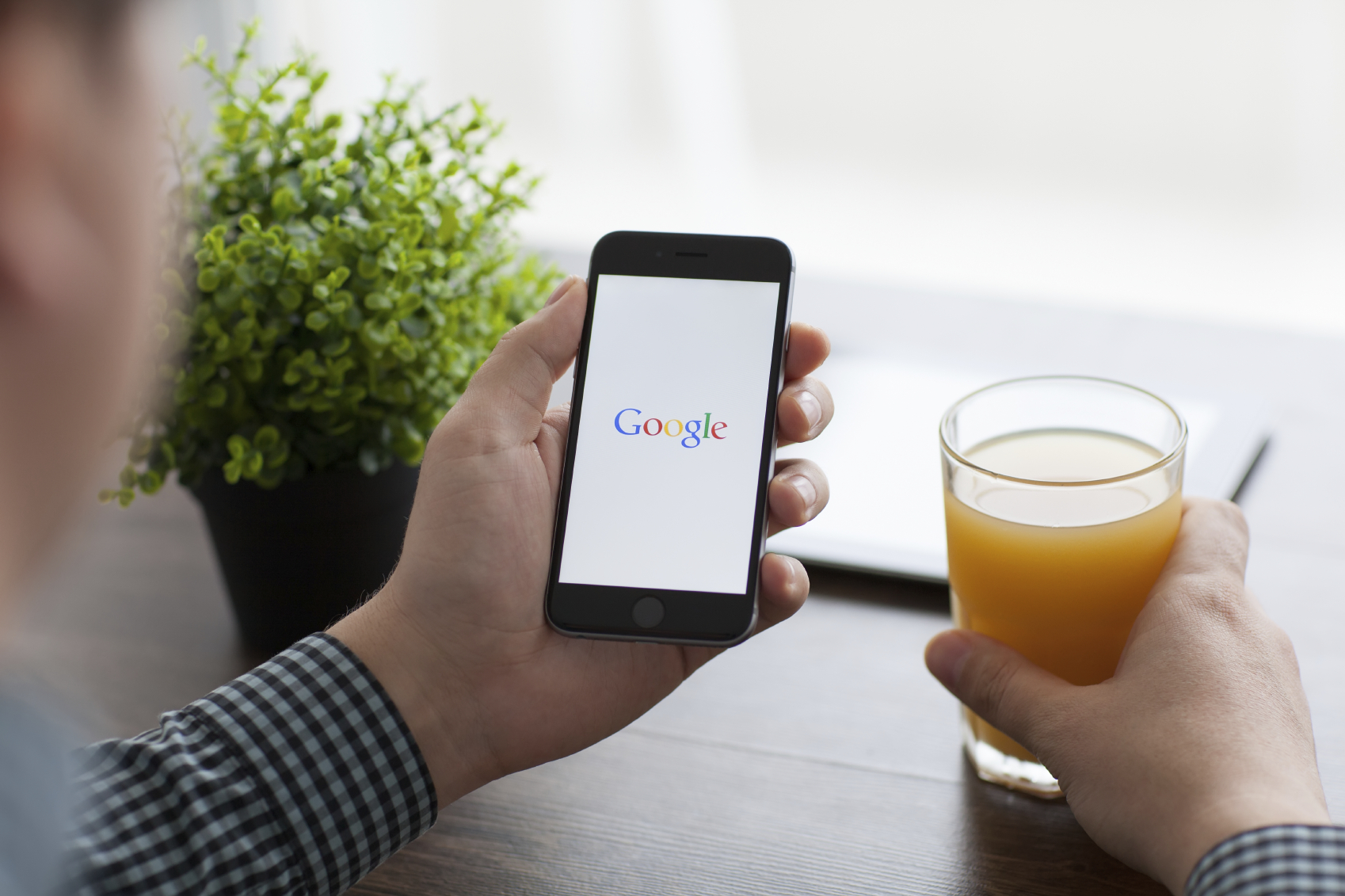Yesterday, Microsoft kicked off its annual developer conference, Build 2015. Several big announcements were made that could have a ripple effect on the overall tech ecosystem:
Windows 10 Aiming High
Throughout the event, Microsoft expressed high hopes for its upcoming operating system Windows 10. The company reportedly wants to see Windows 10 on 1 billion devices within two or three years of its official release. Aiming to unify the Windows applications on PC, Windows Phone, Xbox One, as well as new product categories such as Surface Hub and HoloLens, with a common core, Windows 10 could be the first true universal OS.
Open Arms To iOS And Android Apps
As if uniting all Microsoft platforms under Windows 10 isn’t enough, Microsoft also unveiled two new software development kits (SDKs) that will enable iOS and Android developers to leverage their existing codes into building Windows apps, in some cases even porting their apps and games directly to Windows universal apps. By simplifying the process, Microsoft is clearly hoping to lure more app developers into Windows OS to enrich its ecosystem.
HoloLens Growing Fast
As mentioned above, the Windows 10 universal apps will also run on its hologram-generating HoloLens headset that just debuted back in January. At the demo event, Microsoft showcased some applications in a living-room environment—including apps floating on the walls, a hologram dog, and even a holographic Start Menu—all running smoothly as if in a sci-fi movie. Moreover, Microsoft announced a partnership with Unity Technologies to fully explore HoloLens’s incredible potential in becoming a platform for immersive AR gaming.









